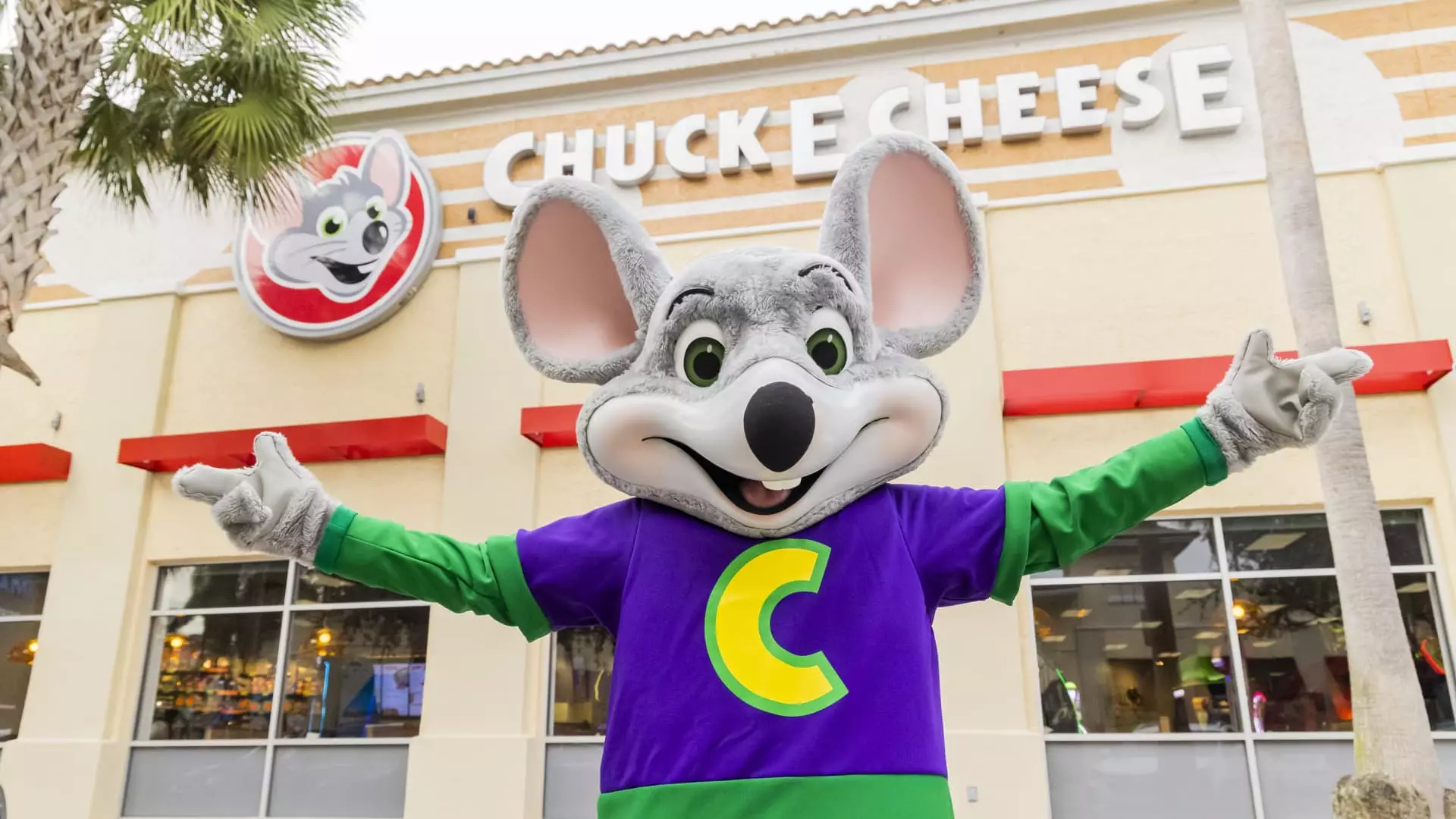In an era where dining and entertainment establishments are rapidly evolving, Chuck E. Cheese stands out as a remarkable case study of revitalization. After emerging from Chapter 11 bankruptcy in mid-2020—an event that surprised many—the company has undergone a profound transformation to cater to an audience that now plays, eats, and engages differently than in its heyday. With a heavy debt burden of approximately $705 million lifted and new leadership at the helm, Chuck E. Cheese has set its sights on not just recovery, but a complete rebranding.
The pandemic presented enormous challenges for Chuck E. Cheese, affecting not only its operational model but also consumer behavior. With the rise of digital entertainment, including smartphones and tablets, the well-loved franchise had to innovate to capture the attention of modern families. The company invested around $300 million into renovations, aiming to update everything from its facilities to its overall entertainment offering—effectively signaling that this was more than just a superficial change; it was a fundamental restructuring of what Chuck E. Cheese represents.
With major upgrades made to its locations, Chuck E. Cheese now offers an experience that diverges significantly from the fondly remembered past. Notably absent are the animatronic bands and the beloved SkyTube tunnels that characterized earlier visits. Instead, revamped locations feature an engaging blend of interactive activities, including trampolines, JumboTrons, and a mobile app aimed at keeping children engaged in a world enamored with screens. This strategic pivot was spearheaded by CEO Dave McKillips, who previously honed his entertainment expertise at Six Flags. His vision was clear: the company needed to evolve beyond outdated entertainment metrics and instead shape itself into a destination for active play to compete with rising family-oriented entertainment modes like trampoline parks.
Changes in menu offerings were equally sweeping, as the franchise moved to serve scratch-made pizzas that align more closely with consumer expectations for quality. The move was part of a broader initiative that included partnerships with popular brands like Kidz Bop, Paw Patrol, Marvel, and Nickelodeon to keep the gaming experience fresh and relevant for children. This series of calculated adjustments is indicative of the company’s awareness of what today’s families want from their entertainment choices.
Despite these substantial improvements, Chuck E. Cheese faces ongoing challenges. The restaurant sector is currently witnessing a trend of reduced frequency among diners, driven by rising costs and a continually fragmented media environment that makes it difficult to capture and retain consumer attention. The brand’s unique legacy—a nostalgic haven for birthday parties and family outings—must now compete against a myriad of alternative entertainment options that vie for the same consumer dollars.
While the chain has reported an impressive rise in same-store sales for eight consecutive months, achieving the sustained growth necessary for long-term success will require attuning its strategy to consumer buying habits. To this end, the restaurant launched a tiered subscription model in 2023 aimed at value-conscious customers seeking to maximize their entertainment budget. This innovative approach propelled the sale of 400,000 passes in a single year, illustrating that families are willing to invest in experiences that deliver substantive value.
A significant focus for Chuck E. Cheese is not merely on attracting new customers but also on rekindling the loyalty of those who grew up with the brand. The typical customer demographic has shifted; children now aged three to nine often leave associated memories of the franchise for years before returning as adults with children of their own. The company recognizes this gap and has sought to penetrate this demographic through marketing strategies that evoke nostalgia while simultaneously appealing to a new generation.
In addition, Chuck E. Cheese’s blossoming online presence enhances brand storytelling, with a productive YouTube channel that introduces its characters to younger audiences. Such endeavors align well with McKillips’ ambitions for the company’s mascot, Charles Entertainment Cheese, to transition into more prominent roles, potentially launching initiatives like a game show or even a feature film. These ventures indicate a strategic recognition of the importance of multimedia exposure and the potential for cross-platform storytelling.
As Chuck E. Cheese embarks on this transformative journey, the focus on innovation, audience engagement, and value-driven opportunities appears promising. If history shows us anything, it’s that brands can adapt—sometimes dramatically—to meet modern consumers’ expectations while staying true to their legacy. With its blend of nostalgic elements, renewed offerings, and a forward-thinking approach, Chuck E. Cheese is on the path to not only survive but thrive in an increasingly competitive landscape, ensuring that future generations can create their own magical memories within its revitalized spaces.

